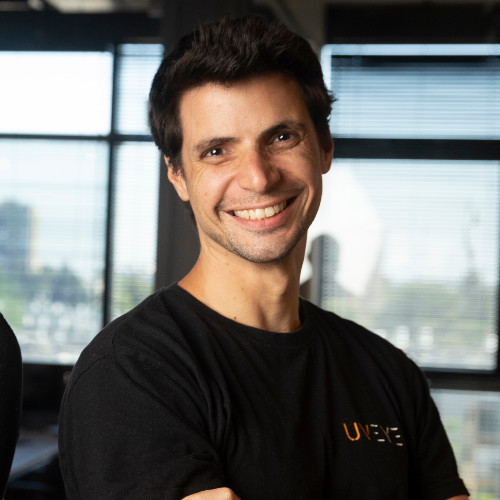Artificial Intelligence
Thought Leaders in Artificial Intelligence: Allied Universal CIO Mark Mullison (Part 2)
Sramana Mitra: Can you take us through some use cases in your customer scenarios where you are seeing these kinds of impact?
Mark Mullison: Just a little more context and then I’ll get to the specifics. There are three big differentiators in Helios’s platform. The first is a proprietary attribute model that we use to store all the knowledge about the site. We organize that in a special way.
>>>Thought Leaders in Artificial Intelligence: Allied Universal CIO Mark Mullison (Part 1)

Mark takes us through some interesting use cases in safety and security.
Sramana Mitra: Let’s start by introducing our audience to yourself and to Allied Universal.
Mark Mullison: I’m the Chief Information Officer for Allied Universal. Allied Universal is a security services firm that provides staffing and technology services that help to drive better safety and security outcomes for our clients.
>>>Thought Leaders in Big Data: Eastbanc Technologies, Chairman Wolf Ruzicka and Polina Reshetova, Head of Data Science (Part 1)
Eastbanc Technologies is a services company that has spun off a number of product companies based on their services business. More recently, their focus has been on AI and Big Data.
Sramana Mitra: If you would please set some context about Eastbanc Technologies to start off this interview, that would be ideal.
>>>Thought Leaders in Artificial Intelligence: Javid Muhammedali, VP of Artificial Intelligence at Bullhorn (Part 3)
Sramana Mitra: My question was, is your AI at a point where people can be replaced with software?
Javed Muhammedali: I don’t believe so. I’ll explain it like this. If you have a car and it has the side mirror warning, front mirror warning, and backup cameras, is there a hypothetical scenario where you can conjure a workflow where every part of the workflow is fully automated?
>>>Thought Leaders in Artificial Intelligence: Javid Muhammedali, VP of Artificial Intelligence at Bullhorn (Part 2)
Javed Muhammedali: What has happened in the industry, in general, is that a lot of those insights are available, but it’s locked away behind a huge reporting application. The end-user has to leave what they’re doing, move to a different interface, and then run this report that you have to wait for.
What we’re trying to do is figure out what elements of those insights can we deliver in bite-sized pieces directly to the recruiter at the time they need it. We’re hinting and nudging them along.
>>>Thought Leaders in Artificial Intelligence: Javid Muhammedali, VP of Artificial Intelligence at Bullhorn (Part 1)

The recruitment industry is ripe for massive automation. This discussion deep dives into the topic.
Sramana Mitra: Let’s start by introducing our audience to yourself as well as Bullhorn.
>>>Thought Leaders in Artificial Intelligence: Amir Hever, CEO of UVEye (Part 2)
Sramana Mitra: Let’s do another use case.
Amir Hever: The second use case would be car rentals. When you rent, they ask you to mark all the damages that you see. Usually, it’s really hard because you probably don’t cover all of the damages. When you return it, they can charge you for damage that you either haven’t seen or a real damage that you made.
>>>Thought Leaders in Artificial Intelligence: Amir Hever, CEO of UVEye (Part 1)

This is a fascinating discussion on how UVEye is applying computer vision and machine learning to vehicle inspection for use cases such as terrorism prevention.
Sramana Mitra: Let’s start by introducing our audience to yourself as well as to UVEye.
>>>

